Aberdeenshire egg producer Farmlay has hatched a plan to nearly double its output next year after investing £2.4 million in a hi-tech new grading machine.
Farmlay, based at Cockmuir Farm, near Strichen, supplied retailers including Aldi, Lidl, Morrisons and Spar. It sends them its own eggs, as well as those of a growing number of contracted suppliers.
The new grading machine has artificial intelligence (AI)-based “computer vision” technology at its heart.
Farmlay to ramp up output in 2025
It is being shipped over from Sanovo Technology Group’s factory in Holland.
Scotland’s second biggest egg producer (Borders-based Glenrath Farms is in the No1 slot) expects to take delivery of the new system in January.
Farmlay managing director Iain Chapman said: “Our current egg grader is giving us 500 cases an hour.
“This second one will give us 400, so almost double our output.
“With demand for eggs at such a high, we were at a crossover as to whether to simply run our existing grader longer hours.
“However, doing that wouldn’t have been a long-term solution.
“And it could have been risky, with no back-up machine if there is a problem.”
New machine ‘amazingly efficient’
He added: “We have been keenly watching the research and development going on.
“The Sanovo machine we are getting has been proven to be amazingly efficient, using AI to analyse high-resolution images of the eggs.”
Farmlay’s roots go back nearly 80 years.
Iain’s grandparents started to rear poultry in 1946, going on to market their own eggs in the 1970s. The enterprise has over the years grown from its original 130 acres to 2,500.
The new investment of around £2.4m includes building alterations.
And it bucks the common trend of modern technology displacing employment.
Once running at full output, this second grader is expected to create about 10 new jobs.
“Getting the new grader installed in January will be a great way to start the new year,” Mr Chapman said.
There is now a “real buzz” about eating eggs, he said.
He highlighted the growing number of posts on social media where celebrities talk about how eggs are a healthy way of getting protein into the diet.
“There are definitely more young people eating eggs now than there have been for a very long time,” Mr Chapman added.
Computer vision grading systems use advanced algorithms and deep learning techniques to analyse high-resolution images of eggs.
AI huts down all the cracked eggs
This allows them to differentiate between normal eggs and those with cracks.
They can also detect variations in colour, texture and shape – all the time absorbing new data to become ever-more proficient.
Latest egg industry data from global shopper and consumer behaviour experts Kantar Worldpanel shows that between 2004 and 2023 retail egg sales grew by more than 20%.
While all population sectors are eating more eggs, growth is acknowledged as particularly strong among the 18-44 age group.
Overall, consumption has risen from 1.6 eggs per person per week to 2.1, equating to an extra 30 eggs per individual every year.
Free range sales have risen sharply and now represent nearly 75% of all eggs sold, more than double their level in 2004 (32%).
Read more: North-east egg producer lands new deal to supply Sainsbury’s
Read more: Aberdeenshire’s rocket-fuelled hens can be fussy eaters
Egg shortages during the Covid-19 pandemic and at other times because of bird flu outbreaks prompted some retailers to offer five-year rolling contracts to suppliers.
“In many ways those empty supermarket shelves were a blessing,” Mr Chapman said.
He added: “No retailer wants to see a repeat of the egg shortages and that, together with the increased consumption figures, has given them the confidence to show more long-term support. This really is a golden age for egg production.”
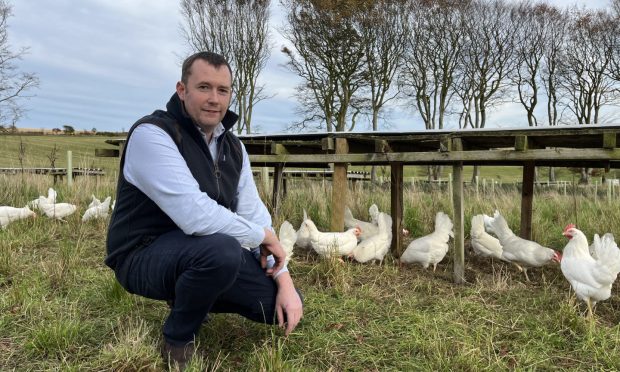
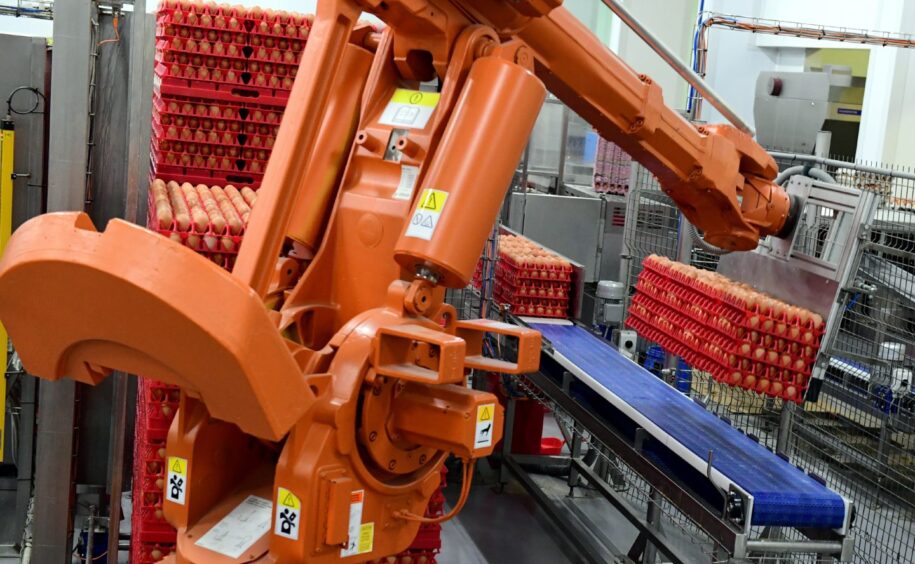
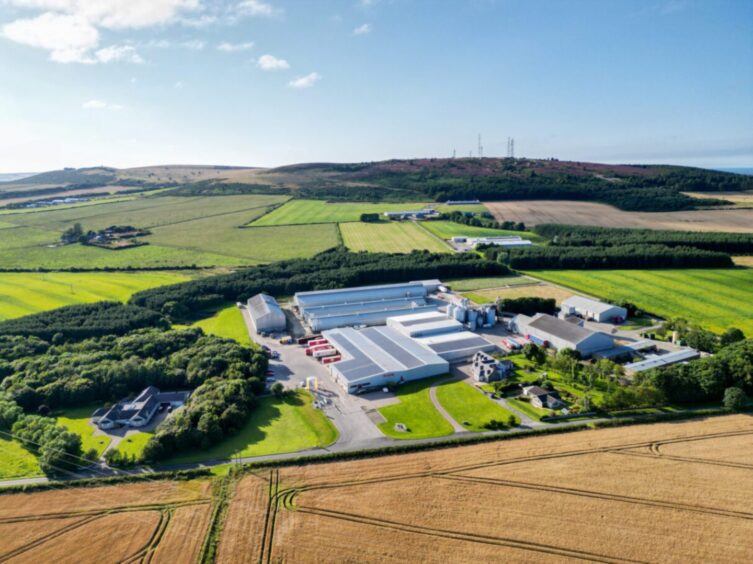
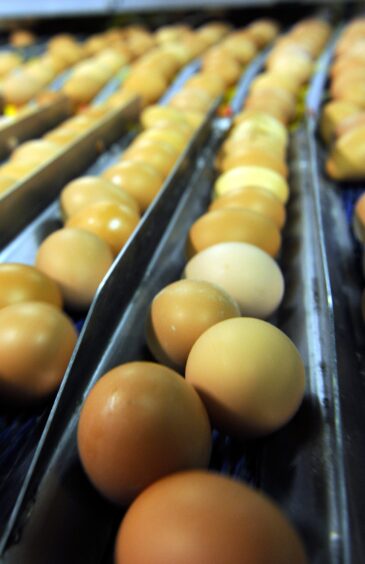
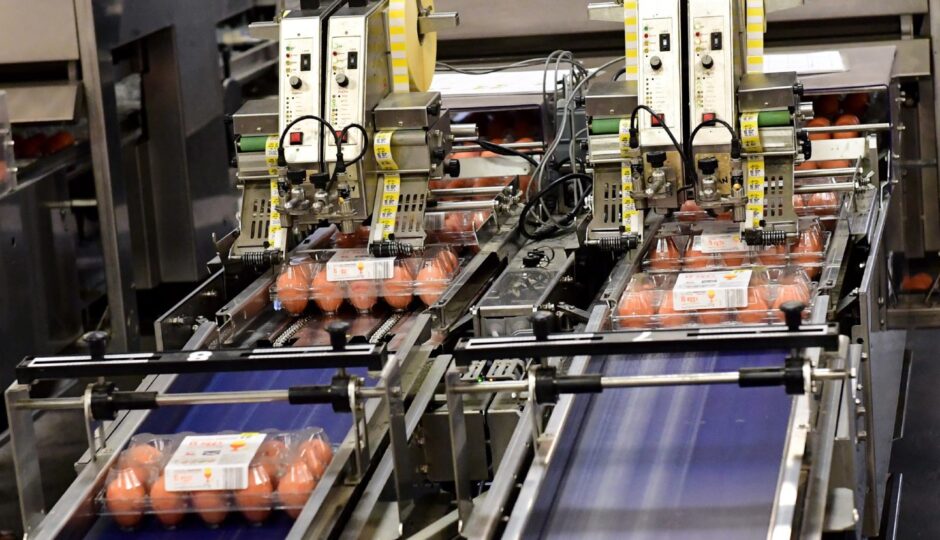
Conversation